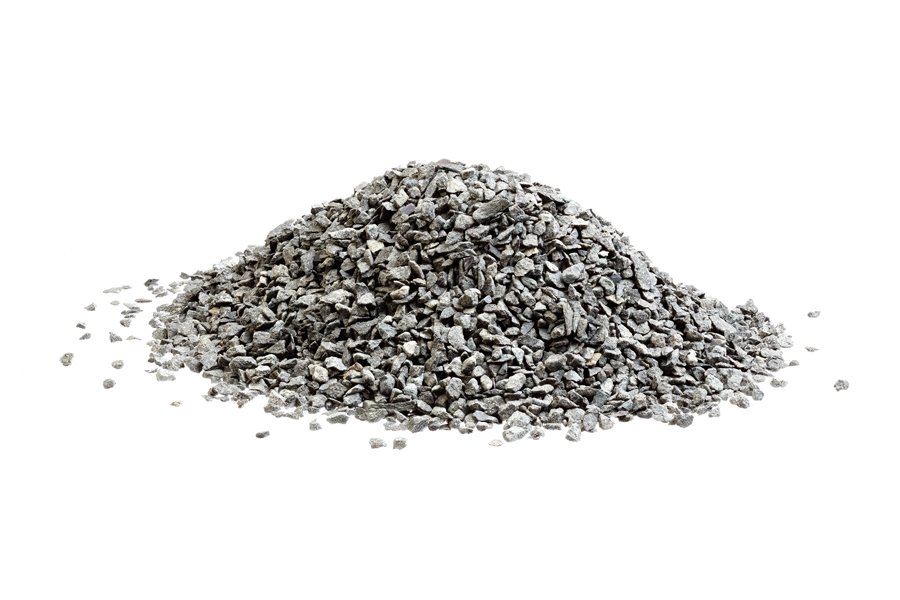How is continuous basalt fiber modified?

Continuous basalt fiber is drawn from molten natural basalt at high speed at 1450°C to 1500°C. It has good mechanical and thermal properties, and is widely used because of its low price, environmental protection and pollution-free.
However, the basalt fiber has a high density and is relatively broken, and its chemical composition is mainly inorganic functional groups, which leads to the chemical inertness of the fiber surface, and because the surface of the continuous basalt fiber is very smooth, the adhesion with the resin and other substrates is poor, the sizing is difficult, and the wearability is poor, which limits the continuous basalt fiber. Direct use of basalt fibers. Therefore, it needs to be modified to increase the surface active groups, increase the adhesion with other substrates, broaden the scope of use, and give full play to the advantages of continuous basalt fiber.
1. Plasma modification
Fiber plasma modification technology is a widely used and relatively mature technology. It can act on the fiber surface through plasma, and then produce etching and form pits, etc., making the fiber surface rough and improving the smoothness of the fiber surface. Capillary effect, at the same time, by controlling the processing conditions, it basically does not damage the fiber strength. Plasma modification of basalt continuous fibers has thus attracted attention.
Sun Aigui treated the surface of continuous basalt fiber with low-temperature cold plasma with different discharge power under the condition of discharge voltage 20Pa, and found that with the increase of discharge power, the degree of surface morphology etching increased, the number of small protrusions increased, the friction factor increased, and the fiber fractured. The strength decreases, the hygroscopicity improves, and the wettability increases.
2. Coupling agent modification
The second type of better modification method of continuous basalt fiber is coupling agent modification. The chemical group on the surface of basalt fiber reacts with one end of the coupling agent, and the other end physically entangles with the polymer or The chemical reaction can strengthen the adhesion between the resin matrix and the continuous basalt fiber. Coupling agents mainly include KH550, KH560 and compound systems with other chemical substances.
3. Coating surface modification
The coating modification of continuous basalt fiber is mainly to use modifiers to coat or coat the fiber surface to improve the smoothness and chemical inertness of the fiber surface, including the coating modification using the sizing process.
4. Modification by acid-base etching method
The acid-base etching method refers to the use of acid or alkali to treat the continuous basalt fiber, the network changer (or former) in the fiber body structure is dissolved, the fiber surface is etched, grooves, protrusions, etc. are formed, and radicals such as hydroxyl groups are introduced at the same time. Group, thereby changing the roughness and smoothness of the fiber surface.
5. Modification of sizing agent
Sizing agent modification refers to improving the sizing agent in the drawing and infiltration process of producing continuous basalt fiber, so that the basalt fiber can be modified in the infiltration and drawing process, and the modified continuous basalt fiber can be produced.
